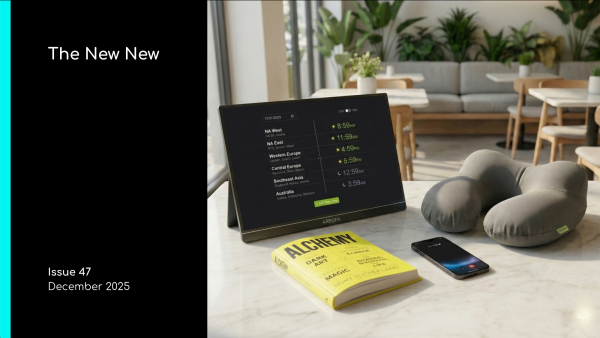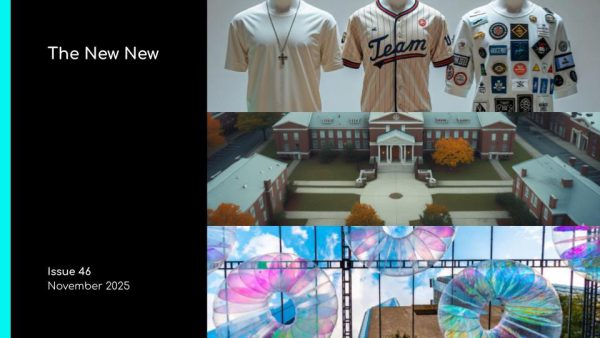Designing for Effort

The future keeps getting smoother.
Tap to buy. Swipe to skip. Scroll to forget. As more of our world becomes predictive, optimized, and instantaneous, we are learning to expect less effort at every turn.
This is a good thing… until it isn’t.
In Thinking on Autopilot, this newsletter explored how AI agents are beginning to make choices for us before we even ask. In The Future Is Questions, we looked at how inquiry itself was shifting—from something we form, to something we select. And in The Instructional Design Revolution, the piece breaks down how teaching and learning are being restructured for on-demand, agent-augmented systems.
A new thread is forming.
One that has less to do with AI and more to do with how we design experiences, information, and systems themselves.
What if the problem isn’t friction?
What if it’s the way we’ve come to treat all friction as a flaw?
In her piece on The Friction Economy, Kyla Scanlon points out that digital, physical, and curated spaces don’t eliminate friction—they displace it. Remove a step here, and you create a tradeoff elsewhere. Eliminate a pause, and you may lose reflection. Smooth a process, and you might erase discovery.
Carl Hendrick adds a complementary layer in Ultra-Processed Minds, comparing modern digital content to ultra-processed food: engineered for convenience, but stripped of the nuance and nutrients that come from complexity.
When everything becomes a scrollable snack, we may gain time, but we lose depth.
And, a new study backs that up.
Between 2003 and 2023, the share of Americans reading for pleasure on a given day dropped by almost 40 percent. It peaked in 2004, when 28 percent of people read for fun. Now it’s down to 16 percent. (If you are an American reading this, thank you for being one of the 16% of us out there!)
Psychology Today recently gave that trend a name: The Rise of Homo Idioticus.
It’s not just about books or screen time. It’s about cognitive decline. IQ scores are falling. Functional illiteracy is rising.
Our media diets, habits, and design choices shape how we think… and what we don’t think about.
And that may be the bigger signal hiding underneath it all.
It’s not just friction that’s disappearing. It’s depth. It’s curiosity. It’s interpretation.
Bit by bit, these are signals of what we’re designing out of our systems:
The value of struggle
The joy of curiosity
The muscle of interpretation
And increasingly, what we’re designing in is a kind of artificial fluency: experiences that feel easy, not because they are meaningful, but because they are shallow.
This is where friction becomes a feature.
Not the friction of broken systems or laggy flows. But the friction that challenges. The friction that invites.
A well-designed pause. A thoughtful constraint. A question that doesn’t instantly resolve. These are not bugs in experience design. They are textures. They are what make a system human-worthy.
We are beginning to see early signs of this reframing:
Books that deliberately avoid summaries, asking the reader to derive meaning.
Interfaces that prioritize exploration over conversion.
Classrooms that encourage productive struggle, not just correct answers.
In a world of autocomplete and instant results, the presence of effort may soon signal intentionality, richness, and even luxury.
Designing for effort is about making things worth the work.
And in that slight shift, we may rediscover something we didn’t mean to lose.





